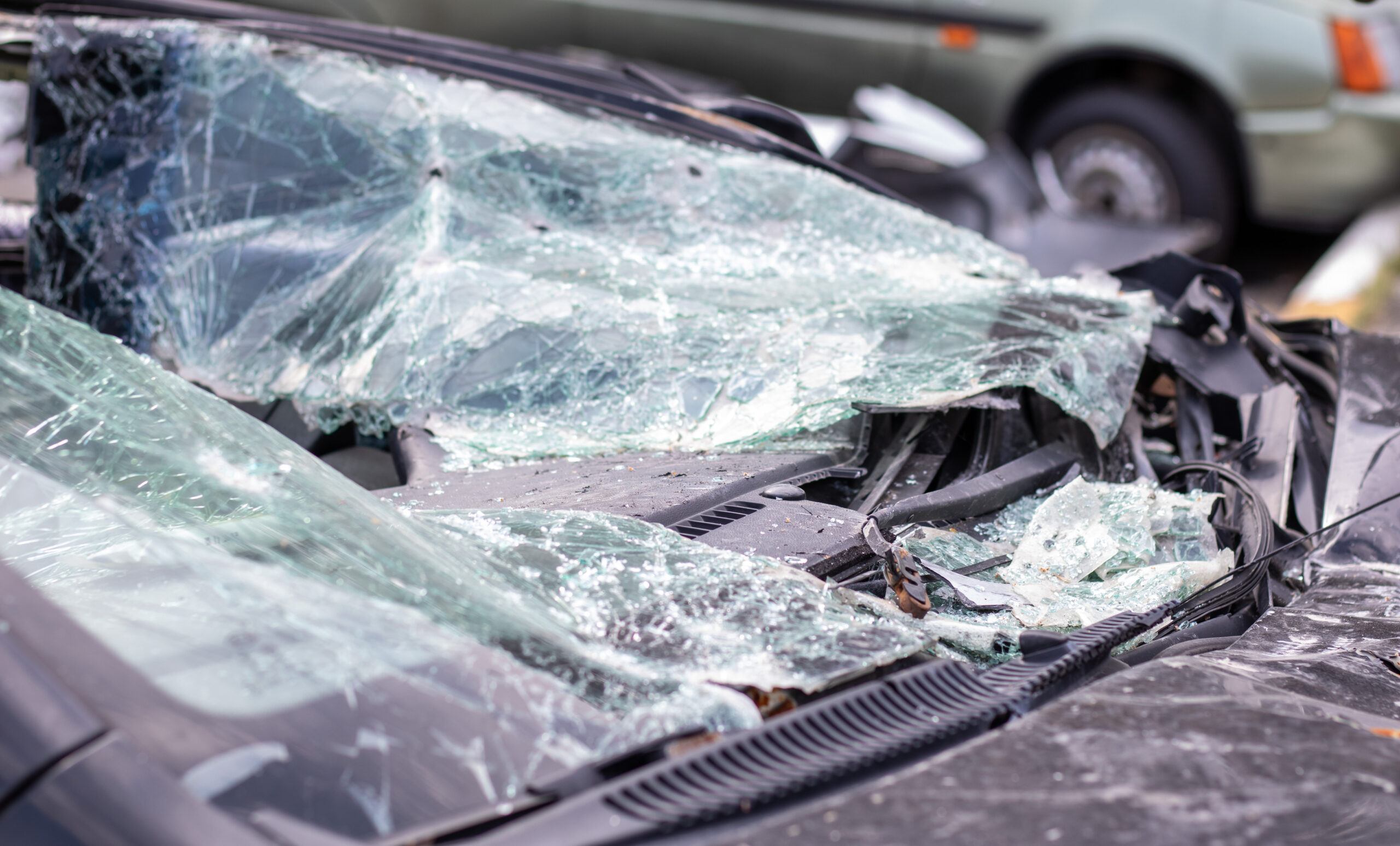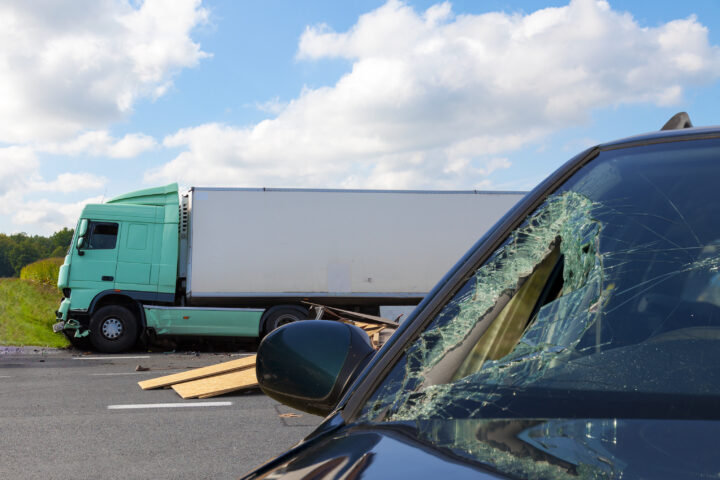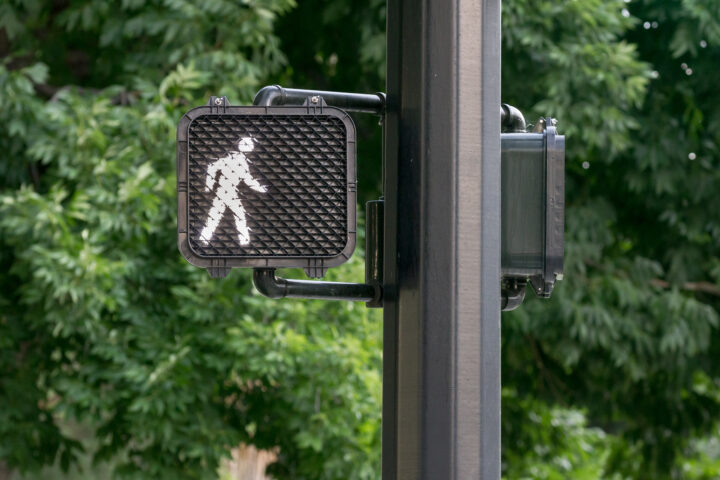10 Most Common Causes of Car Accidents
Unfortunately, car accidents are a frequent occurrence on California’s busy roadways, and they can result from a variety of factors including driver error. Understanding the most common causes of auto accidents is crucial for drivers, motorcyclists, pedestrians, and others on the road. Here are the top 10 car accident causes in California:
Speeding
Excessive speeding is another major contributor to car accidents in California. Speeding is a factor in 29% of all traffic fatalities and claims the lives of over 33 people per day. When drivers exceed the posted speed limits or drive too fast for road and weather conditions, they have less time to react to changes on the road. This can lead to severe crashes with devastating consequences. Car accidents caused by speeding often result in more severe injuries due to higher traveling speeds.
Drunk Driving
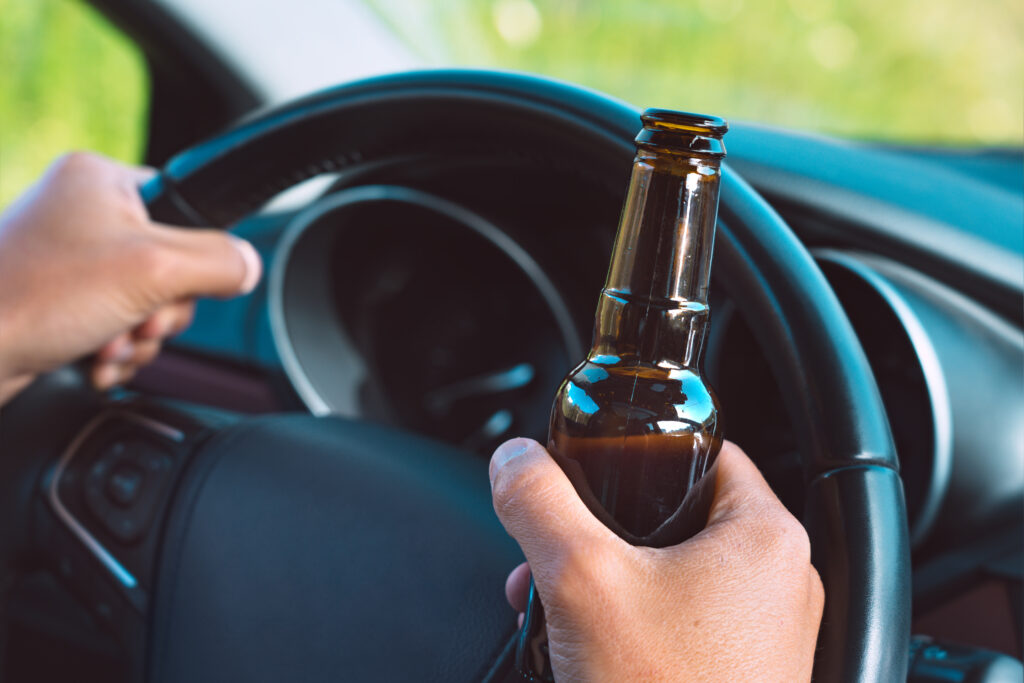
Driving under the influence of alcohol or drugs is a dangerous and illegal behavior that claims 1 life every 39 minutes. In 2021, there were 13,384 traffic fatalities caused by drunk driving accidents. Alcohol and drugs significantly impair judgment, coordination, and reaction times. Despite strict DUI laws, some individuals still choose to get behind the wheel while impaired. The average cost of a DUI is over $10,000. A person convicted of drunk driving may be sentenced to up to 6 months in jail. DUI convictions stay on your driver’s record for 10 years.
Reckless Driving
Reckless driving encompasses a range of aggressive behaviors on the road, including tailgating, sudden lane changes, and speeding. These actions increase the likelihood of major collisions. In California, reckless driving is a serious offense that can lead to fines, license suspension, and even jail time.
Failure to Yield
Failure to yield the right of way is a common cause of accidents at intersections and merging lanes. More than 50% of all fatal and injury auto accidents occur at or near intersections. When drivers do not properly yield to other drivers, pedestrians, or cyclists, they can cause dangerous crashes. This is especially likely in areas with heavy traffic and complex intersections.
Distracted Driving
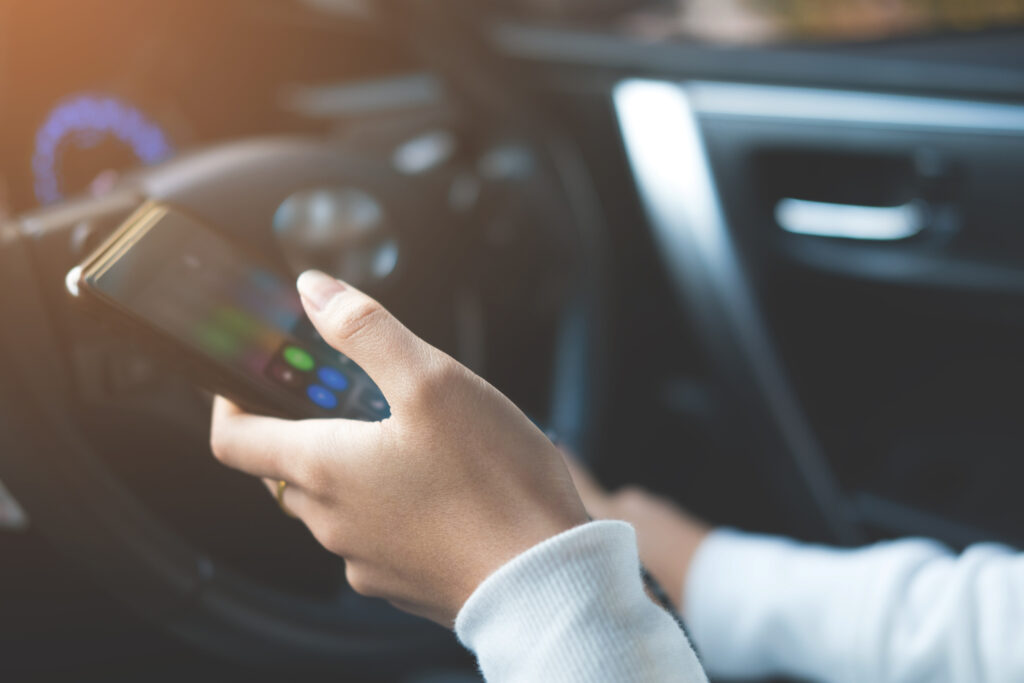
Distracted driving is one of the leading causes of car accidents across the United States. In 2021, distracted driving claimed the lives of 3,522 people. Distracted drivers may engage in dangerous behaviors like texting, talking on the phone, eating or drinking, or using the GPS. Vehicle Code 23123.5 prohibits using a handheld device while driving. Violations of this California law can result in fines.
Running Red Lights
Running red lights is a significant traffic violation and a leading cause of intersection accidents. When drivers disregard red traffic signals, they risk T-bone collisions, which are particularly dangerous and can result in severe injuries or fatalities. Automated red-light cameras have been deployed at many intersections in California to help deter this behavior.
Running Stop Signs
Similar to running red lights, failing to stop at stop signs is a common cause of accidents in California. This behavior often occurs at residential intersections and can lead to side-impact collisions. Stop signs are in place to control traffic flow and prevent accidents and disregarding them can lead to serious accidents.
Night Driving
Driving at night presents its own set of challenges, including reduced visibility. Across the US, 49% of car accident fatalities occur during nighttime. Accidents are more likely to occur at night due to reduced lighting, driver fatigue, and impaired night vision. It’s important for drivers to exercise extra caution when driving in the dark and to ensure their headlights and taillights are functioning correctly.
Unsafe Lane Changes
Unsafe lane changes can lead to accidents when drivers fail to signal properly, do not check blind spots, or cut off other vehicles. This behavior can result in sideswipes, rear-end collisions, or even multi-car pileups on highways. Using turn signals and checking blind spots before changing lanes is essential to help prevent accidents.
Drowsy Driving
Drowsy driving is often underestimated as a cause of car accidents. Drowsy driving accidents result in over 91,000 car crashes each year. Fatigue impairs a driver’s ability to stay alert, make quick decisions, and react to changing traffic conditions. Long commutes, shift work, and sleep disorders can all contribute to drowsy driving. It’s essential for drivers to get enough rest before hitting the road to reduce the risk of accidents.
Potholes
While many causes of car accidents are related to driver behavior, road conditions also play a significant role. Potholes, in particular, can be a hazard. They can cause drivers to lose control of their vehicles or damage their tires and suspension.
Now that we’ve explored the top 10 causes of car accidents in California, it’s important to understand the legal aspects and potential personal injury claims that may arise from these accidents.
Do I Have a Personal Injury Claim?
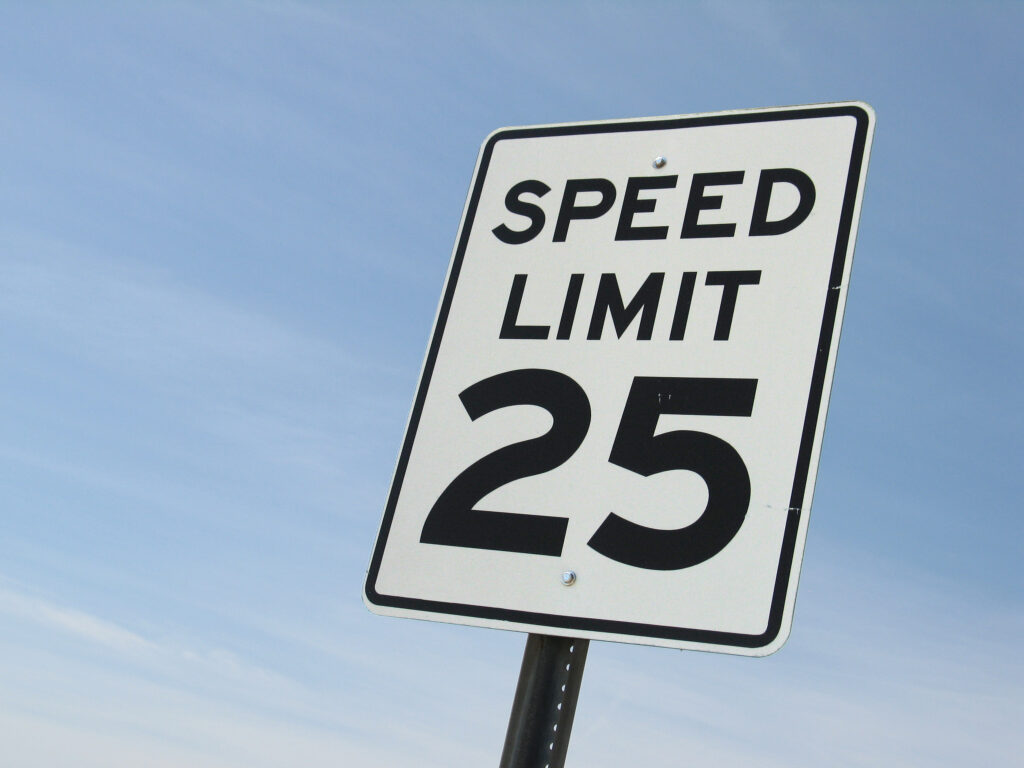
If you’ve been involved in an auto accident, you may be wondering if you have a personal injury claim. In personal injury claims, the plaintiff must prove the other party’s negligence that caused the accident. To determine whether you have a valid personal injury claim, several key elements must be present:
Duty of Care
The responsible party (defendant) must owe you a duty of care. In car accidents, this duty of care is typically established by showing that all drivers have a duty to operate their vehicles safely and follow California traffic laws.
Breach
You must demonstrate that the defendant breached their duty of care. This could involve demonstrating that they were speeding, driving under the influence, or engaging in other negligent behavior.
Causation
You must establish a direct link between the defendant’s breach of duty and your injuries. In other words, you must prove that the defendant’s actions or negligence directly caused your injuries.
Damages
Finally, you must have suffered damages, such as injuries, medical bills, property damage, lost wages, and pain and suffering, as a result of the accident.
If these elements are present, you may have a valid personal injury claim. It’s essential to consult with an experienced personal injury attorney to determine if you have a case.
Types of Compensation in a Car Accident Lawsuit
When pursuing a personal injury claim following an auto accident, you may be entitled to various types of compensation. These damages aim to provide financial relief for the losses and suffering you’ve endured due to the car accident. There are three primary types of compensation available in a car accident lawsuit:
Economic Damages
These are tangible losses that come with specific dollar amounts and can be easily calculated. Common economic damages in car accident cases include:
Medical expenses – Costs related to hospitalization, surgeries, doctor’s visits, prescription medications, and rehabilitation.
Property damage – The cost to repair or replace your damaged vehicle and personal property.
Lost wages – Compensation for earnings you lost due to your injuries, including past and future income.
Other out-of-pocket costs–This may include expenses for transportation to doctors’ appointments or assistive devices.
Non-Economic Damages
Unlike economic damages, non-economic damages are more subjective and don’t have a specific monetary value. They are intended to compensate for intangible losses, such as:
- Mental distress
- Emotional trauma
- Loss of enjoyment of life
- Loss of consortium
- Scarring and disfigurement
- Pain and suffering
Punitive Damages
Punitive damages are typically reserved for personal injury cases involving extreme misconduct or harmful behavior. In some cases, punitive damages may be awarded in addition to compensatory damages. These are intended to punish the at-fault party for particularly reckless or egregious conduct.
Statute of Limitations in California
In California, the statute of limitations for personal injury claims arising from car accidents is generally two years from the date of the accident. The statute of limitations sets a time limit within which you must file your lawsuit. If you fail to file within this timeframe, you may lose your right to seek compensation.
However, there are exceptions and nuances to this rule, depending on the specific circumstances of your case. It’s crucial to consult with an experienced car accident lawyer to understand the deadlines that apply to your situation and ensure you file your claim on time.
Reach Out to an Experienced Car Accident Attorney for Help
Navigating the legal complexities of a car accident claim can be challenging, especially when you are dealing with injuries, medical bills, and emotional distress. To increase your chances of receiving fair compensation, it’s best to seek the assistance of an experienced car accident attorney in California.
A California personal injury lawyer will guide you through the legal process and work to secure the compensation you deserve. At Empire Accident Attorneys, our personal injury attorneys maintain a 99% success rate and have recovered millions of dollars in compensation for our clients. If you were injured in a car accident caused by someone else’s negligence, don’t hesitate to reach out to our experienced car accident lawyers today.
